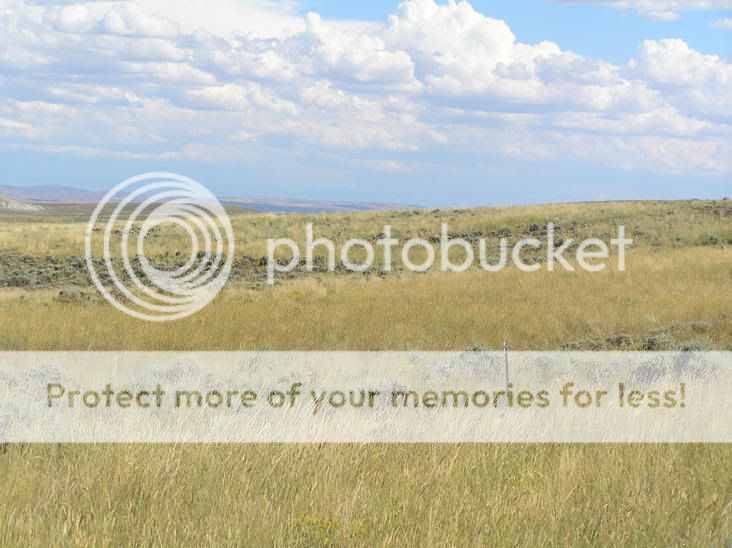SS- IMO, it would take a bold administration to change the fee structure for grazing on BLM lands as that would pretty much require a re-writing of the Taylor Grazing Act. I just don't see too many politicos willing to take that risk. The debate would end up being led by two extremes, those that want all livestock off and the Sagebrush Rebellion types. The result might end up with a bigger cost burden on the agency. IME, private land lease prices are set at rate that has the leasor not the leasee being responsible for maintenance of infrastructure. At least I recall that being the case for the average private land lease prices that the BLM uses for livestock trespass. As of now, the permittee is responsible for maintenance and not the agency. If the fees were increased to reflect the private land rate, I think an argument could easily be made that the agency should be responsible for the infrastructure. The sad part is how much more, in some instances, it costs to get through the red tape and litigation than the actual on the ground work costs.
As an aside, the agency has the authority to charge over the amount calculated for a given year and put that into the range improvements fund. This would be a viable way to increase some funding for projects and I know of its use in some areas to great effect. Each of the last two administrations have taken a run at this fund to take it away from the agency to put it into the general fund. So far those attempts have been unsuccessful as it is a part of the Taylor Grazing Act.
IME, lack of funding has generally not been the issue for fire rehab. Contracting and other requirements, most notably archealogy, preventing the timeliness of treatment has been a bigger hurdle, especially on big fire years. Those two things along with terrain/management plans limiting the treatment options are the biggest hurddles for successful fire rehab where I worked.
In brief, the science/knowledge base is there to fix many of the issues we see with the condition of public lands. I don't disagree that funding can be an issue in implementing some of the changes to fix these problems, however I feel that other things are a bigger limiting factor in getting the needed work on the ground.
As an aside, the agency has the authority to charge over the amount calculated for a given year and put that into the range improvements fund. This would be a viable way to increase some funding for projects and I know of its use in some areas to great effect. Each of the last two administrations have taken a run at this fund to take it away from the agency to put it into the general fund. So far those attempts have been unsuccessful as it is a part of the Taylor Grazing Act.
IME, lack of funding has generally not been the issue for fire rehab. Contracting and other requirements, most notably archealogy, preventing the timeliness of treatment has been a bigger hurdle, especially on big fire years. Those two things along with terrain/management plans limiting the treatment options are the biggest hurddles for successful fire rehab where I worked.
In brief, the science/knowledge base is there to fix many of the issues we see with the condition of public lands. I don't disagree that funding can be an issue in implementing some of the changes to fix these problems, however I feel that other things are a bigger limiting factor in getting the needed work on the ground.





